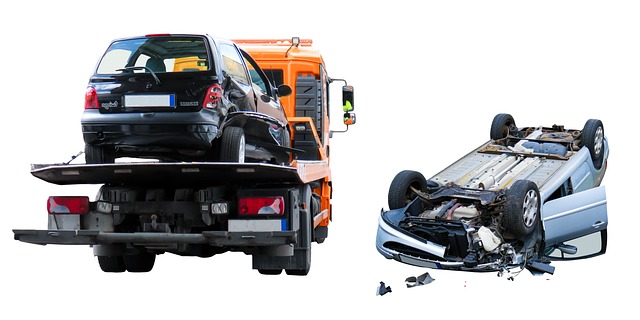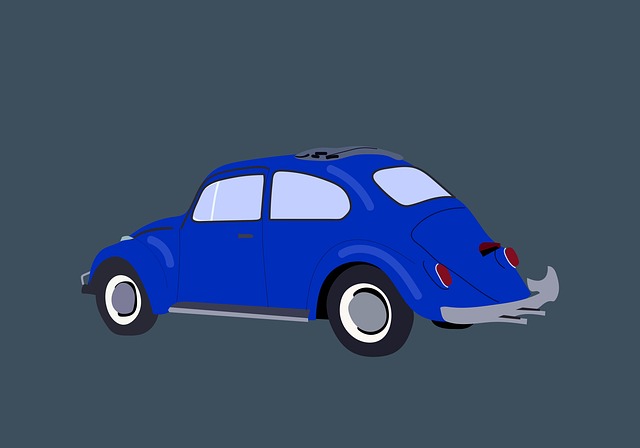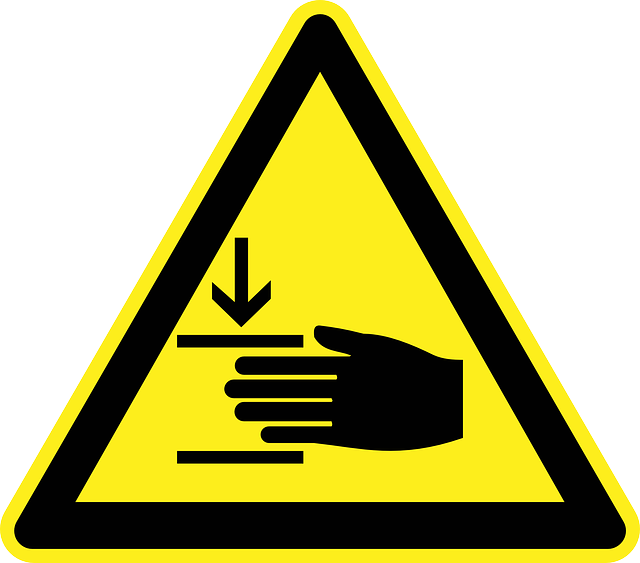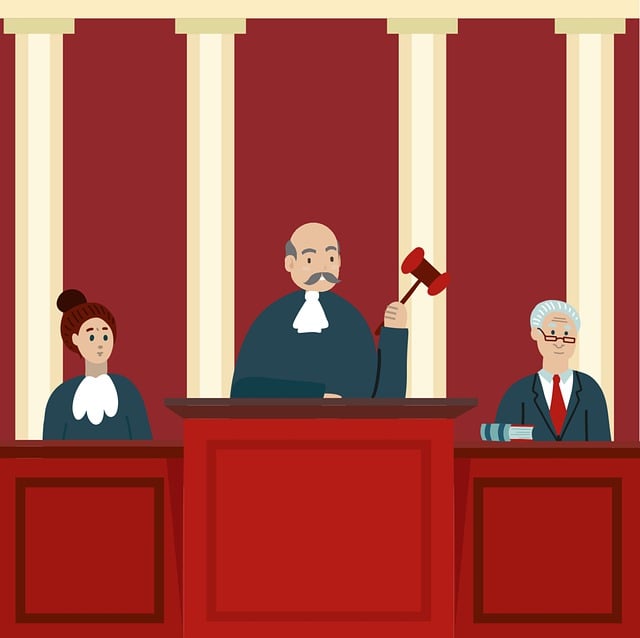Visual evidence is paramount when filing a dog bite insurance claim, offering clear documentation that can impact settlement amounts and liability. Capture photos of injuries, dogs involved, and incident scenes for proof of severity, breed characteristics, and context. These images are also relevant in caregiver abuse cases, negligence claims, and rare instances of suspected medical malpractice, aiding legal proceedings like business litigation or medical malpractice claims.
In the event of a dog bite, documenting the injury with high-quality photos is crucial for a successful dog bite insurance claim. Visual evidence provides a clear and unbiased account of the incident, aiding in accurate reimbursement. This article guides you through understanding the importance of photos, identifying essential types of images, and mastering best practices for capturing and submitting compelling visual documentation to strengthen your dog bite insurance claim.
- Understanding the Importance of Visual Evidence
- Types of Photos Essential for a Comprehensive Claim
- Best Practices for Capturing and Submitting Bite Injury Photos
Understanding the Importance of Visual Evidence

Visual evidence plays a pivotal role when filing a dog bite insurance claim. It serves as a powerful tool to support your case and can significantly impact the outcome. When a dog bite occurs, capturing comprehensive visual documentation is essential for several reasons. These include providing clear evidence of the injury, recording any relevant details about the incident, and showcasing the extent of the damage caused by the bite.
Photos should include close-ups of the wound or injuries sustained, as well as broader images depicting the dog involved and its overall condition. In cases where there’s a claim of caregiver abuse or negligence, visual evidence can also help illustrate any contributing factors or lack of proper care. Additionally, in rare instances where medical malpractice is suspected due to inadequate treatment of bite wounds, these images become crucial for expert opinions and legal proceedings, such as business litigation or medical malpractice claims.
Types of Photos Essential for a Comprehensive Claim

When filing a dog bite insurance claim, visual evidence is crucial to supporting your case and ensuring fair compensation. Several types of photographs are essential for a comprehensive dog bite insurance claim. Firstly, capture clear images of the injured party – this could be you or someone else – showing the physical wounds and any resulting scarring. These photos provide concrete proof of the extent of the injury, which can significantly impact the settlement amount.
Additionally, take pictures of the incident scene, including close-ups of the dog involved in the bite. This documentation helps establish context and can be used to prove liability. For instance, photographs of the dog’s history or previous incidents it may have been involved in can strengthen your claim, especially if you’re dealing with a known aggressive breed. Moreover, images of medical treatment, such as bandages, crutches, or cast, can demonstrate the severity and lasting impact of the bite, potentially warranting higher compensation, much like how an auto accident lawyer would advocate for clients seeking damages for their injuries.
Best Practices for Capturing and Submitting Bite Injury Photos

When capturing photos for a dog bite insurance claim, clarity and detail are key. Start by taking several shots of the bite wound itself – close-ups that show the extent of the injury, any swelling, bruising, or lacerations. Ensure good lighting to make the wound easy to see, and try to include both color and black-and-white images for contrast.
Next, document the dog responsible for the bite from various angles. Include photos of its breed, size, and any distinctive markings that can help identify it. Additionally, capture images of the scene where the incident occurred, highlighting any potential hazards or circumstances that led to the bite. Remember, these details can be crucial in supporting your dog bite insurance claim and demonstrating liability, especially in cases involving elder law, caregiver abuse, or breach of contract.
When filing a dog bite insurance claim, visual evidence plays a pivotal role in supporting your case. By incorporating high-quality photos that showcase the injury, you can effectively communicate the extent of the harm caused. Remember to capture clear images of the wound, close-ups of any scars or marks, and pictures of the dog involved, ensuring all angles are covered. Following best practices for photo capture and submission will streamline the claims process, potentially expediting your reimbursement for medical expenses related to the dog bite incident.






